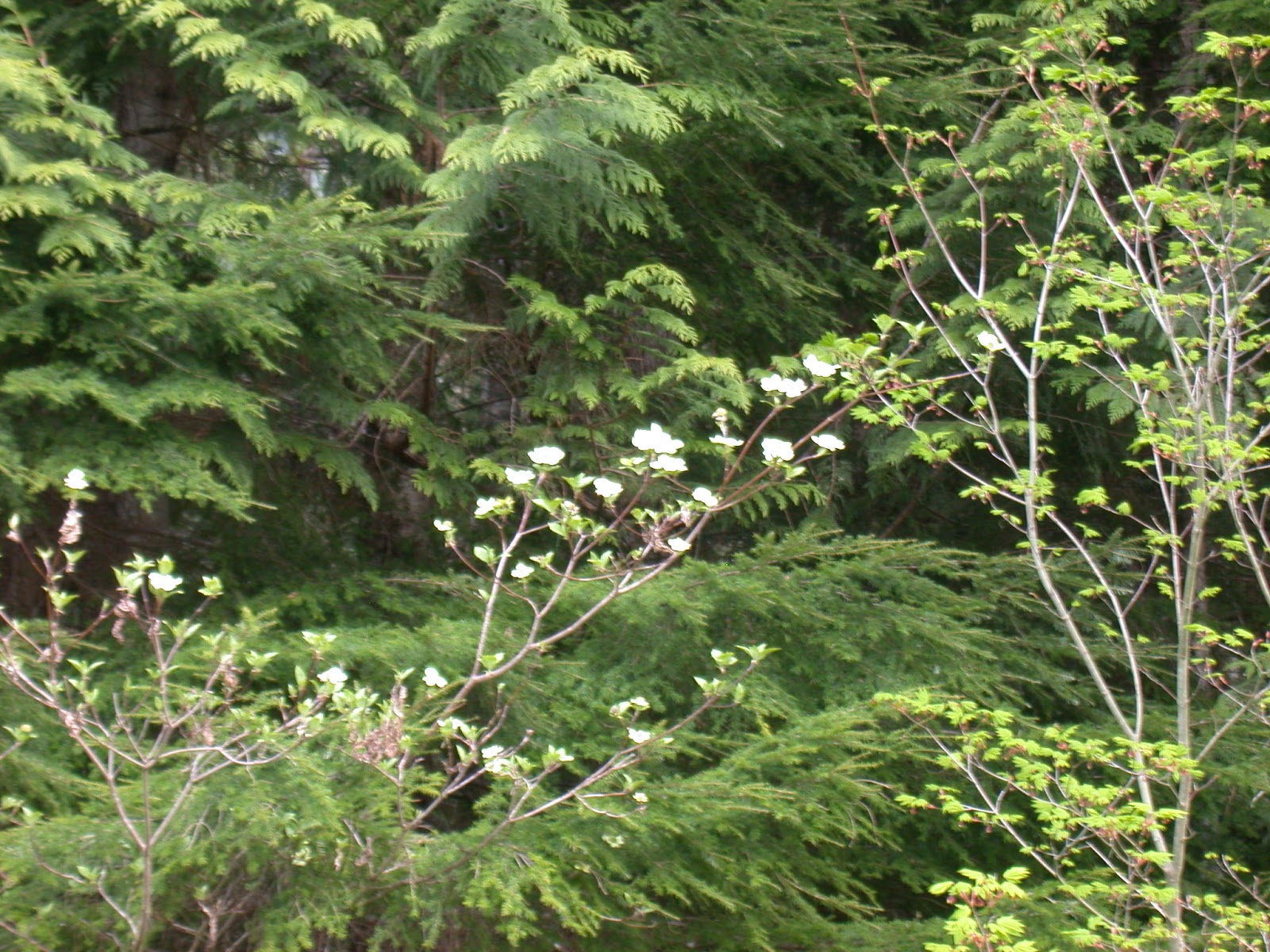About the cover photo: It took me three attempts of between 4 and 5 days each to get into the spot where this photo was taken. On the first two trips I suffered some very painful injuries. This spot is in the Baker River drainage in North Cascades National Park. Do you know the name of the mountain?
Converse hightops on my feet, I traverse the North Cascades in pursuit of my life project to walk into every high lake or pond mapped in the Skagit River watershed. The upper Skagit Valley near Marblemount, WA is my home and has been home to my family since 1888. I have come to feel that the culture of this place, like the culture of much of rural America, is misunderstood by an increasingly urban population and threatened by economic depression. I would like to share the stories of this place and the people who call it home. Through my stories and images of these mountains, my goal is to help others understand and respect both the natural resources and the people of the North Cascades.














No comments:
Post a Comment